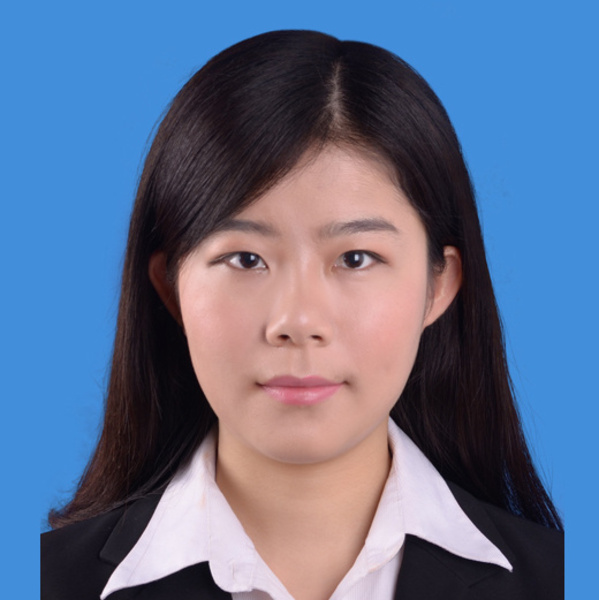
Dr. Mingzhu Wang
Postdoctoral Research Fellow
The Hong Kong University of Science and Technology
Dr. Mingzhu Wang graduated from the Hong Kong University of Science & Technology in Civil and Environmental Engineering. Her research interests lie in computer vision, deep learning, machine learning and information technologies for construction management. She has published 15 papers and holds 2 Chinese patents. In 2018, she has been to the University of Illinois at Urbana-Champaign as a visiting scholar for 6 months. She participated actively in the major international conferences on construction management and has been to over 5 international conferences for presentation and academic communication. She has been serving as the reviewer for several journals and was awarded as the best reviewer for Automation in Construction. Dr. Mingzhu Wang is currently a Research Associate in the Department of Civil and Environmental Engineering at the Hong Kong University of Science and Technology.
Automated Defect Detection, Condition Assessment and Management of Underground Sewer Pipe Systems using Computer Vision and Deep Learning Techniques
Currently, visual inspection technologies such as closed-circuit television (CCTV) are commonly utilized for sewer pipe inspection. However, inspectors are required to observe the videos and manually evaluate the pipe conditions, which is time-consuming and inaccurate. Therefore, this research aims to facilitate efficient defect detection, condition assessment and management of sewer pipe systems using computer vision and deep learning techniques. First, a region-based convolutional neural network (R-CNN) model, Faster R-CNN, is applied for defect detection and different influential factors on the model performance are studied. In addition, the performance of three different state-of-the-art models are evaluated and compared for detecting sewer pipe defects. Then, the advantages of deep learning and conditional random field (CRF) are combined for improving the defect segmentation accuracy. Experiments demonstrate that our proposed DilaSeg-CRF can improve the segmentation accuracy significantly. Based on the defect segmentation, the defect area in the image can be obtained, after which pipe condition is evaluated. The inspection information is obtained from the CCTV display through text detection and recognition methods, while the area of the pipe cross section is obtained by image processing techniques. Lastly, an integrated framework is proposed based on building information modelling (BIM) and geographic information system (GIS) for utility management. A common utility data model is developed, based on which schemas of Industry Foundation Classes (IFC) and City Geography Markup Language (CityGML) are extended for underground utilities. The proposed management framework enables 3D visualization of underground utilities, supports utility data sharing as well as facilitates decision-making process for utility maintenance activities.